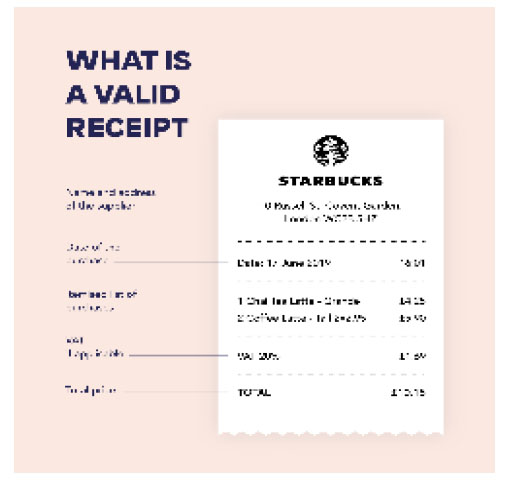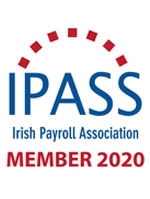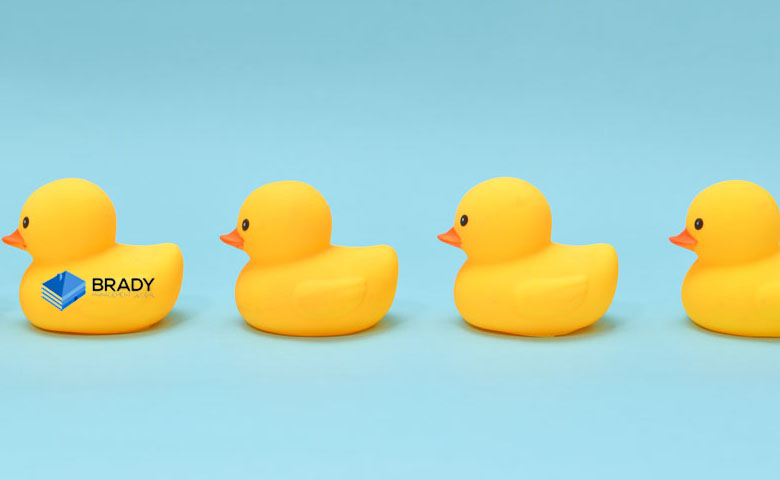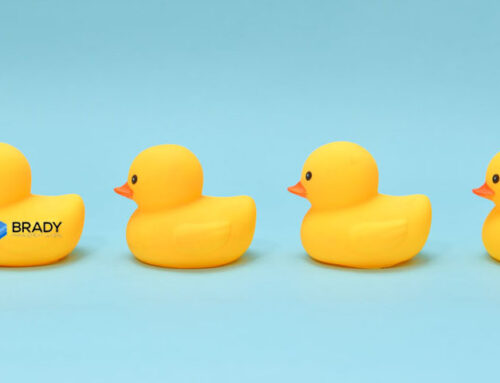Keeping 5 ducks in mind when you are running your business will help you to avoid using a word which rhymes with duck! When it comes to finances you cannot afford to rely on luck (that’s the word I meant, of course!).
So now that we know all the ducks that I introduced you to in our little duck family. This blog post will explain why it is important to have them all in a row. If you want to have any sort of handle on the day to day finances of the business, then these basic steps are exactly like the ducks in the family in my last blog post.
- Firstly you need to record your daily transactions i.e. what you sell and what you buy on a daily basis, these are recorded in your Days Books which can consist of Sales, Purchases and Cash in and Cash out. They can be recorded in simple format like a list in your diary, the old ledgers which you can still purchase today or even better for manually recording I recommend using Excel. People often ask me about what accounting software they should use. I suggest staying away from software until you are fully familiar with the processes and you know the difference between income and assets and expenses and liabilities. Without knowing the numbers of your own business, you will not know what features in software will be worth paying for.
- The next important step is that you create a Sales Invoice for every product or service that you sell. Even if you do not give one to your customer you must have a copy for your own records. You can download good free templates in word, excel or on your phone. In the early days you can use a duplicate book, the important thing to remember is they must show a number sequence on the invoice.
- When you buy anything for the business you must have a proper Purchase Receipt for the item, this is not a print out from a card machine, or an email saying thanks for your purchase or a listing in your bank account statement showing a payment, none of these are acceptable! It must be a valid receipt from your supplier i.e. at a minimum it should show:

- Date of the purchase
Name of the supplier
Item you purchased
Cost of the purchase
- All income and expenditure for the business must be processed through a separate Bank Account, this does not have to be any type of fancy business account, just one that is separate from your personal Account. All income (receivables) including cash should be lodged to this account and all purchases (payables) that you make for the business should be paid from this account. If you are short of funds in the business, you can transfer money from your personal account. But make sure your statement shows the personal money/capital introduced and then buy what you need from the business (and make sure you follow step 3 when you do!).
- The final step is gathering all the business information and records together to input into your Reports. Accountants love reports, and business owners should to. They help you to understand where the money is coming from and going and to track patterns over time.
✓ Sales & Purchases Invoices, and totalling them for a specific period i.e. weekly, monthly, yearly
✓ Money in and out of the bank account (deposits and payments)
✓ Assets (anything that the business owns or adds value) e.g. equipment, machinery, vehicles etc.
✓ Liabilities (anything that is owed) e.g. staff wages, taxes to revenue or loans
✓Capital Introduced i.e. your own personal money used to fund the business
Keep track of these five steps starting from day one of your business. Make them second nature for you and any staff that you take on. Putting these good financial habits in place will save you from a lot of heartache when the time comes to submit tax returns or VAT receipts.
Want to dive in deep? But afraid of swimming through unchartered waters? We educate and mentor as part of our service, to find out more visit our website https://www.bradymgt.com/








Leave A Comment